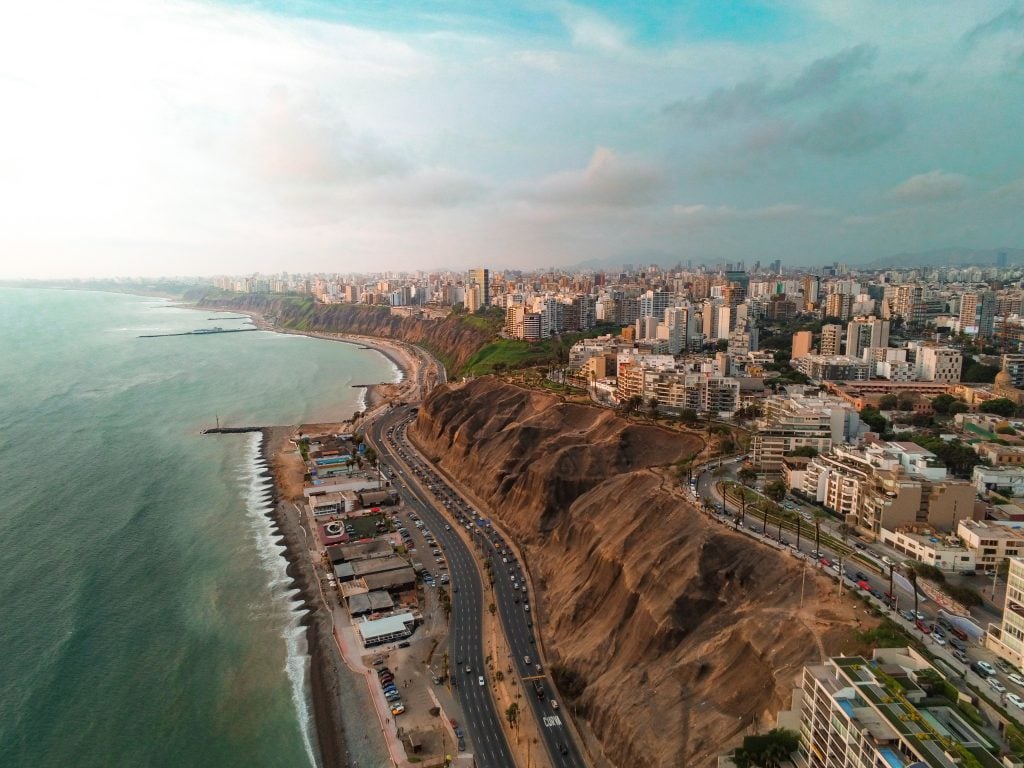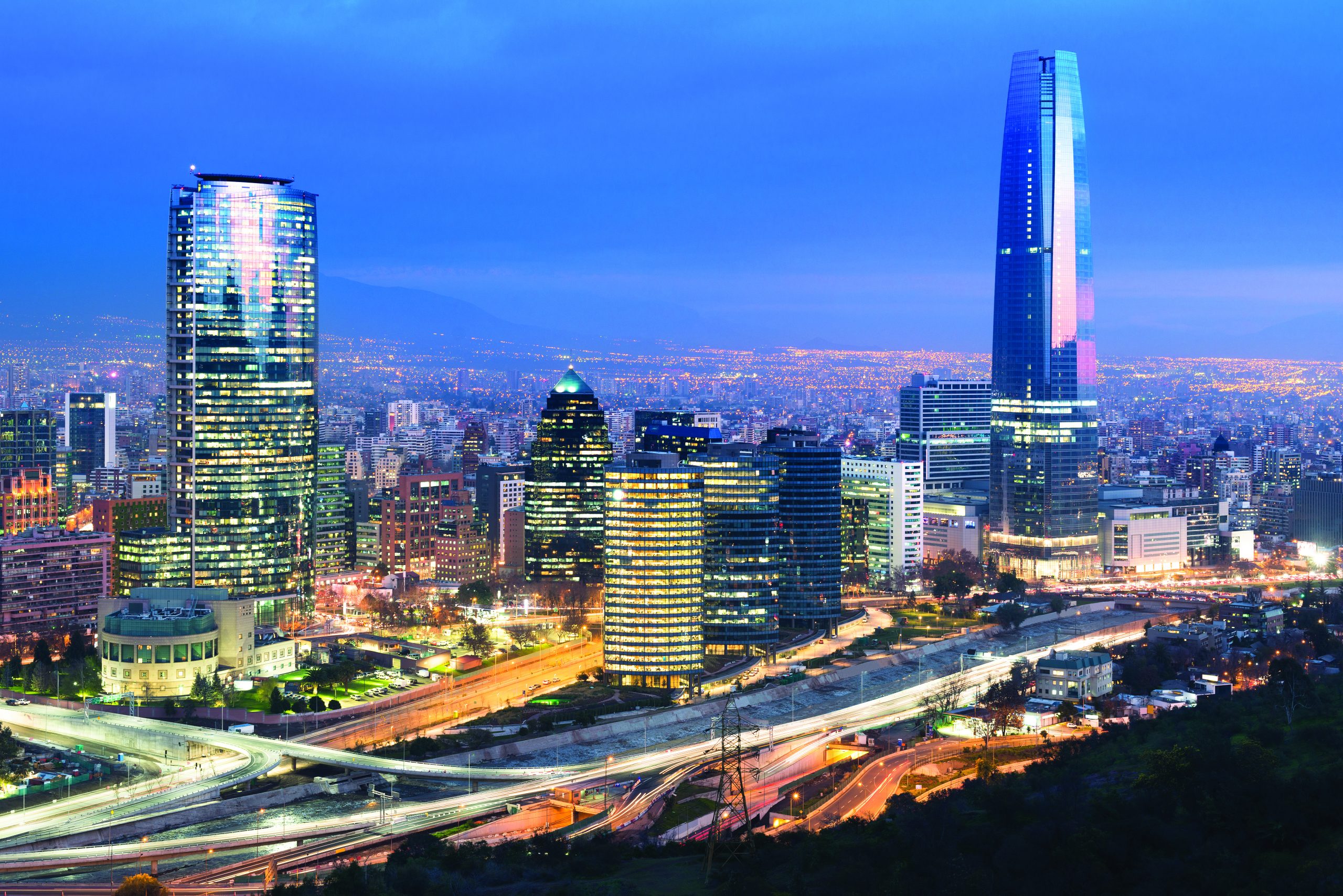A. LEGISLATION AND RULES
A.1 Legislation
International arbitration in Peru continues to be governed by the Legislative Decree No. 1071 of 2008, based on the UNCITRAL Model Law (the 1985 Model Law with its amendments in 2006), the Urgency Decree No. 020-2020 which modified some articles of the Legislative Decree No. 1071 related to arbitrations where the Republic of Peru is a party, and the New York Convention.
A.2 Institutions, rules and infrastructure
Since last year´s Yearbook, there have not been many developments in the most relevant arbitration institutions in Peru:
A.2.1 Proceedings of the Arbitration Center of the Lima Chamber of Commerce
Proceedings of the Arbitration Center of the Lima Chamber of Commerce are still regulated under rules in force since January 2017. In 2020, during the state of emergency because of the COVID-19 pandemic, the Arbitration Center of the Lima Chamber of Commerce issued practical notes to use virtual media and increase celerity and efficiency. They are still in force, and are as follows:
- The Practice Note No. 1/2020 published on April 2020 set forth the guidelines to be applied by arbitral tribunals to use virtual media, unless they affected the defense of the parties, were unfeasible or there were good reasons not to apply them in a specific case. These measures include a virtual platform for the parties; the electronic notification of all arbitration proceedings to the parties and arbitrators; the payment of fees through the Lima Chamber of Commerce´s virtual platform; and specifically during the COVID-19 pandemic, and until the Superior Council so decides, hearings, conferences and meetings between the parties and the arbitral tribunal will be virtual.
- The Practice Note No. 2/2020 published on September 2020 addressed rules that aim for more celerity and efficiency in arbitrations under the Arbitration Center of the Lima Chamber of Commerce’s administration. These measures included the implementation of a procedural calendar and the reduction of the fees of arbitral tribunals in case of delay in the issuance of the final award, which should be rendered in a term that does not exceed 50 business days since the closing of the proceeding.
- The Practice Note No. 3/2020 published on 1 October 2020 substituted the Practice Note No. 2/2020. This Practice Note replicates the rules introduced by Practice Note No. 2/2020 with some clarifications and amendments and it is applicable to cases in which the constitution of the arbitral tribunals occurs after its publication.
Additionally, in December 2021, the Arbitration Center of the Lima Chamber of Commerce announced that as from January 2022, the Council of Arbitration would initiate disciplinary proceedings against the parties’ representatives or attorneys who make manifestly malicious or dilatory challenges to the appointment of arbitrators.
Moreover, the Arbitration Center of the Lima Chamber of Commerce presented its new rules of dispute boards. These rules became effective as of 1 January 2022.
A.2.2 Proceedings of the International Arbitration Center of the American Chamber of Commerce of Peru
Proceedings of the International Arbitration Center of the American Chamber of Commerce of Peru are regulated by the Arbitration Rules adopted on 1 July 2021. In addition, because of the COVID-19 pandemic, the Arbitration Center of the American Chamber of Commerce of Peru issued a “virtual arbitration guide” that was published on 24 April 2020.
A.2.3 Proceedings of the Arbitration Center of CARC-PUCP
Proceedings of the Arbitration Center of CARC-PUCP are still regulated under rules in force since 2017, and special provisions for emergency arbitrators processing were published in January 2019. In 2020, the Arbitration Center of CARC-PUCP issued a Protocol for services in the context of the COVID-19 pandemic, and an actualization regarding the implementation of a virtual platform for the parties’ requests, electronic notifications and virtual conduction of hearings.
Additionally, as of 1 January 2021, the new CARC-PUCP Dispute Board Regulations became effective.
B. CASES
Pursuant to ICSID´s Caseload Statistics, the Republic of Peru was the state with more ICSID cases filed in 2021, with a total of nine cases. This has come down to two cases filed in 2022, which are as follows: (i) Bank of Nova Scotia v. Republic of Peru (ICSID Case No. ARB/22/30) under the 2009 FTA Canada – Peru; and (ii) Upland Oil and Gas LLC (USA) and Upland Oil and Gas LLC (Perú) v. PeruPetro S.A. (ICSID Case No. ARB/22/19) under a License Contract for the Exploitation of Hydrocarbons.
As of today, Peru has 23 pending and 19 concluded arbitrations before ICSID. The large amount of ICSID cases against Peru is the result of many years of large amounts of foreign investment entering into the country, which is illustrated by the broad range of issues involved in these investment arbitrations, and not because of a state policy known for expropriation and anti-investment measures, like some other jurisdictions in South America. However, during the past years the political instabiliy and certain government decisions have generated new cases. Also, another reason for the substantial increase in ICSID cases is that several of them are based on Arbitral Agreements of Concession Contracts.
During 2022, there were ICSID Awards in two cases against the Republic of Peru: (i) Gramercy Funds Management LLC and Gramercy Peru Holdings LLC v. Republic of Peru (ICSID Case No. UNCT/18/2) – Arbitral Award of December 6, 2022 in favor of Claimant investor; and (ii) Autopista del Norte S.A.C. v. Republic of Peru (ICSID Case No. ARB/18/17) – Arbitral Award of June 30, 2022 partially in favor of Claimant investor. (The investor is currently following the annulment procedure).
B1. Gramercy Funds Management LLC and Gramercy Peru Holdings LLC v. Republic of Peru (ICSID Case No. UNCT/18/2)
In 1969, the Military Government of Juan Velasco Alvarado promulgated an Expropriation Law Decree which enabled the state to engage in a wide scale expropriation of lands, so between 1969 and 1979 the state expropriated from private owners 15,826 parcels of land, which were equivalent to more than nine million hectares. The Peruvian government gave to expropriated landowners bonds (“Agrarian Bonds”) to compensate them and established that these paper securities where freely transferable.
However, Peru’s economic policies generated severe inflation, reaching 80% annually in the late 1970s. In the 1980s inflation remained at more than 60% annually, reaching unprecedented levels in August 1990. Since the Agrarian Bonds did not include any protection against inflation, by the middle of the 1980s they became worthless. Then in 1992, the paying agent of the state, Banco de Fomento Agropecuario del Perú,was extinguished, so since then the Republic of Peru did not made any payment to the bondholders.
Although during the subsequent years there were several attempts by the government to find a way to pay the Agrarian Bonds, all of them failed. Then, between 2006 and 2008, at a time when the government and congress were still engaged in discussions regarding the appropriate methodology to update the value of these bonds, US hedge fund Gramercy Peru Holdings LLC (GPH) purchased 9,656 Agrarian Bonds from their legitimate holders (Peruvian individuals) for a total amount of USD 33.2 million.
In July 2013, the Constitutional Tribunal issued a resolution establishing a dollarization methodology to revalue the Agrarian Bonds, and ordered the Ministry of Economy and Finance (MEF) to issue a Supreme Decree regulating the procedure for the quantification and revaluation of these bonds, and for the payment of the debt. In 2014, the MEF issued a Supreme Decree, amended three days later, with the procedure for the quantification and revaluation of the Agrarian Bonds.
In June 2016, GPH and Gramercy Peru Holdings LLC (“Claimants”) filed a Request for Arbitration alleging that the Republic of Peru breached standards of protection under the Investment Chapter of the US – Peru Free Trade Agreement (“US FTA”), mainly articles 10.5 (Minimum Standard of Treatment), and 10.7 (Expropriation), requesting damages for an amount of USD 1.8 billion. Although the arbitration started under the UNCITRAL Arbitration Rules, the parties subsequently agreed that ICSID would administer the arbitration.
The Claimants alleged that they acquired the Agrarian Bonds based on assurances by the Peruvian entities that the debt would be paid applying a method based on Peru’s consumer price index, plus interest. However, in 2013 the Constitutional Tribunal ruled that this method would severely impact the state budget, so instead the government should convert the debt to US dollars, using a dollarization method. For the Claimants, this decision by the state destroyed the value of the bonds and was equivalent to an indirect expropiation of their investment.
The Republic of Peru in response presented objections to jurisdiction alleging that there was no investment protected under the US FTA, since the Agrarian Bonds were not an “investment” under the Treaty, and that the Claimants committed an abuse of process by transforming an existing domestic dispute (the nonpayment of the Agrarian Bonds) before the entry into force of the US FTA into a international investment dispute, and incurring in a retroactive application of the Treaty. The tribunal by majority rejected the Republic of Peru’s objections to jurisdiction establishing that the Agrarian Bonds were protected investments under the US FTA and there was no retroactive application of this Treaty.
The tribunal by majority concluded that the Republic of Peru breached Article 10.5 of the US FTA regarding the Minimum Standard of Treatment, by imposing an arbitrary method for the revaluation and payment of the Agrarian Bonds. Accordingly, the tribunal ordered the Republic of Peru to pay the Claimants the amount of USD 33,222,630 plus interest at a rate of 7.22%, starting on 1 January 2009 compounded anually, and continuing until the date of full payment. Also, the tribunal ordered the Republic of Peru to pay the Claimants’ share of arbitration fees and expenses, and other costs equivalent to an amount of USD 771,388.92, as well as the amount of USD 9,860,000 of the Claimants’ reasonable legal costs, plus interest at a rate of 7.22% compounded annually.
The Reuplic of Peru’s appointed arbitrator Brigitte Stern gave a strong dissenting opinion, indicating that the Agrarian Bonds were not an “investment” to be protected under the US FTA and that the Claimants committed an abuse of process under international investment law, so the tribunal should have upheld the Republic of Peru’s objections to jurisdiction.
B2. Redes Andinas de Comunicaciones S.R.L. v. Programa Nacional de Telecomunicaciones – PRONATEL and The Ministry of Transport and Communications (ICC Case No. 24471/JPA and 24472/JPA) Línea
The claimant, a subsidiary of North American company Quanta Services Inc., entered into two financing contracts for Broadband Installation for Integral Connectivity and Social Development in the Cajamarca, Tumbes and Piura regions in Peru in 2015. The projects were started in 2015, but the claimant faced difficulties in meeting the obligation to acquire the plots of land in ownership due to the lack of registry of the rural plots and because identifying the owners was complex and in many cases impossible.
The defendants treated the claimant differently because, unlike the other regional projects in which they were flexible with respect to delays and granting time extensions, the claimant was denied the last extension, terminating the contracts before it could benefit from a rule issued to overcome the difficulties in acquiring the land.
The Claimant initiated an arbitration in 2019 under the arbitration clauses in their respective contracts requesting a total of approximately USD 117 million in damages for the project in the Cajamarca Region and USD 86 million in damages for the projects in the Tumbes and Piura regions, alleging that the contracts were arbitrarily and illegally terminated.
In August 2022, the same tribunal in the two arbitration proceedings rendered its awards ordering the defendants to pay USD 93 million for the project in the Cajamarca Region and USD 69 million for the projects in the Tumbes and Piura regions, as well as arbitration costs for the amount of USD 2.5 million each.





